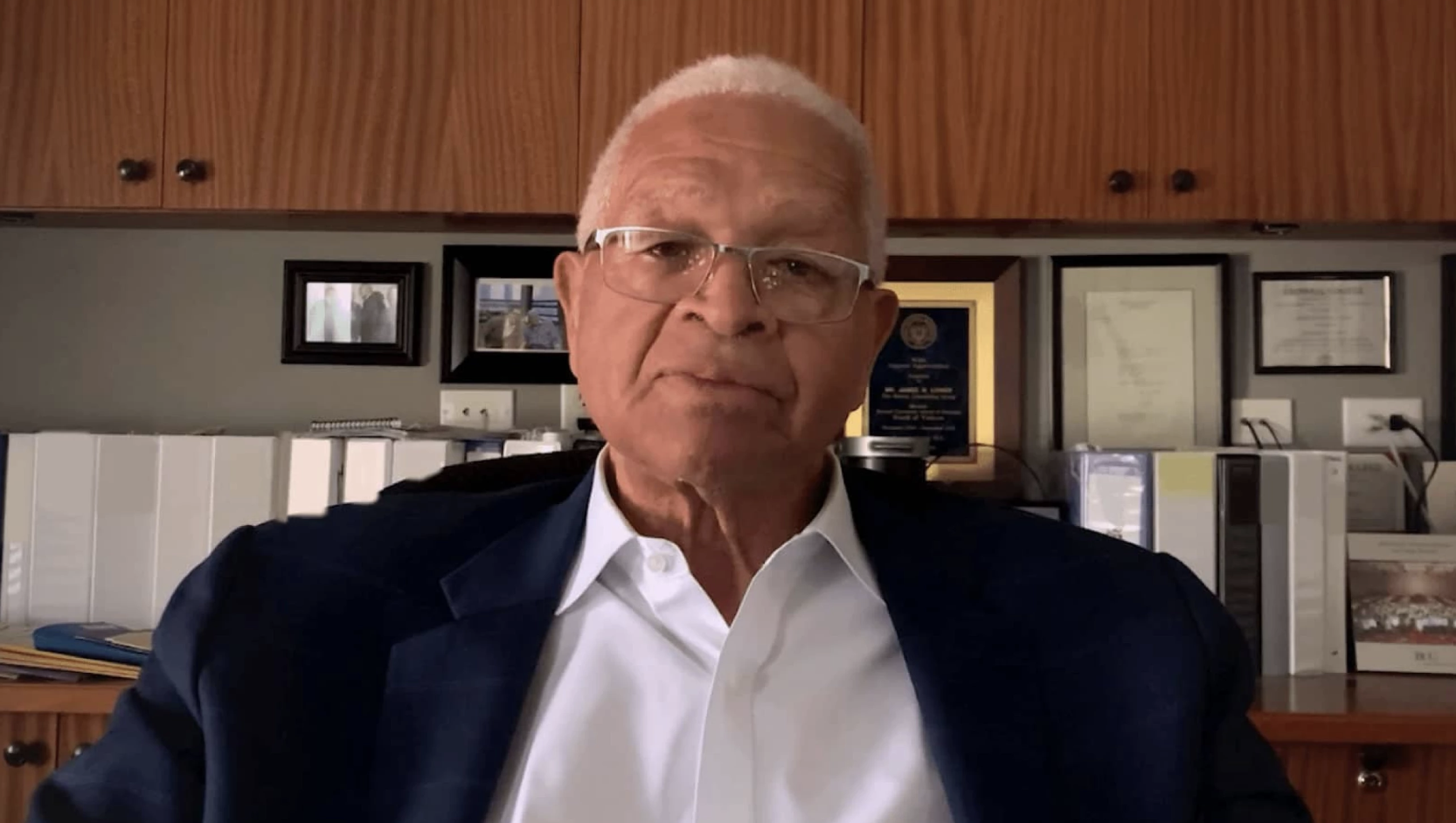How GenAI can turn an autobiography into an interactive Black history lesson

We talk a lot about the negative side of AI, but what about the positive aspects like being able to interact with authors or historical figures based on feeding their writing into a large language model? James Lowry may not be a household name, but his history is part of the Black experience in America. Lowry grew up in Chicago, spent time in the Peace Corps in the early 1960s and was the first Black person hired as a McKinsey consultant in 1968.
He has dedicated his life to getting big business to invest in historically underrepresented communities. He recently published a book called “Change Agent” looking at his life. Kobie Fuller, a general partner at Upfront Ventures, has been working with a customized approach to generative AI, he calls it Kobie AI, as a way to rethink the blog post as an interactive vehicle.
He has been experimenting with several subjects, from bartending to emotion in marketing. The latest is Jim Lowry AI for DEI. He fed Lowry’s book into a large language model in order to let users ask questions about diversity, equity and inclusion, and the results are impressive. Fuller says he has the privilege of talking to Lowry any time he wants, and this technology gives other people that ability in its own way.
“The book’s amazing, and this is basically representing the book to you in this interactive fashion where you get to explore all the awesomeness that is Jim,” Fuller told TechCrunch.
Lowry says he wrote the book as a way to let people know about his experiences in the world, but he also recognizes that not everyone is going to read the book and the AI gives people a chance to understand some of the things that he has experienced in his life without reading 300 pages, simply by asking questions.

James Lowry. Image Credits: Boston Consulting Group
“I thought this would be powerful in terms of sharing the insights and wisdom that I accumulated over the years with a lot of people. Even though people buy the book they don’t always read the whole book, and I’m just saying, I think using AI in this way is another part of this that’s very powerful,” Lowry said.
This AI starts with a prompt to get people started:
I’ve spent my life devoted to DEI work and I understand the conversation is quite sensitive for many. I’m here for any questions you may have and also able to just share wisdom from my life’s journey. What’s on your mind?
Then you can ask questions and the answers you get are surprisingly sophisticated and in-depth, probably because they are based on Lowry’s actual words and deeds. Students, historians, DEI pros or anyone who is interested could ask about DEI issues and get back detailed answers, or they could ask about specific experiences in Lowry’s life, like when he met Senator Robert F. Kennedy while serving in the Peace Corps in the mid-1960s.
This gives people a chance to interact with Lowry through his work, something that can survive him and be a teaching tool for future generations to understand his experiences as a Black man working in American business.
As Fuller explores this technology, this is just one way to make use of it, but it shows the power of generative AI, and how it can be used to help people understand other experiences, and possibly act as a vehicle for interacting with other significant historical figures.

